by Wallace Wyss –
Tom Tjaarda just died in Italy.
His name brings back a lot of memories. Back in 1970, I had just signed on at Motor Trend as a staff member when they told me to get down to LAX and get on a plane for Detroit to see a new sporty Ford.
So I go to the Dearborn Inn, a grand hotel started by the first Henry Ford next to Greenfield Village, and am introduced to a tall, elegant man from Ghia Carrozzeria named Tom Tjaarda (pronounced JAR-DUH).
I was a little confused. The car, the DeTomaso Pantera, was being made in Italy where I presumed it was conceived. But here Tjaarda, in our conversation over breakfast, said he had gone to high school in Birmingham, MI only four miles from where I grew up in a neighboring suburb.
Turns out that, back when he went to University of Michigan to study architecture, for his senior project he decided to do a car design. A subject by the way he was intimately familiar with since his father Joop Tjaarda Van Starkenberg, was a famous car engineer (said to have shown a rear engined car to Ferdinand Porsche before the war only to see the VW beetle with similar lines emerge a few years later…).
Anyway Steven Thompson Tjaarda Van Starkenberg, aka Tom, born in July 1934, went on to develop a strong interest in cars though his parents divorced even before WWII. In high school, Tjaarda placed second in a GM Craftsman’s Guild model contest.
At U of M after his design for a sport-themed station wagon impressed a professor with connections in Italy, he was hired in ’58 to go to Italy and design cars.
He stayed with Carrozzeria Ghia for two years, then temporarily went into furniture design. Then it was two years at Pininfarina before coming back to the US to work in Connecticut for an architecture and design firm.
But finally he knew he had to decide what area of design was he best suited for and it was back to Italy for good. In May of 1964, he rejoined Pininfarina. Briefly he worked with Italy’s most famous designer, Giugiaro, for a few months but he then went to Ghia, the firm Giugiaro had left to start Ital Design. They were big shoes to fill, following Giugiaro’s magnificent Mangusta.
Tjaarda joined Ghia at a tumultuous time. It was owned by the Argentinian born race driver Alejandro DeTomaso. DeTomaso was a mercurial man to work for, changing his mind by the hour, and , in our conversation in 1970 Tjaarda told me DeTomaso would have cars designed just to tick off his rivals and much bigger firms.
Still Tjaarda stayed with Ghia even as Ford bought them out in 1970 and worked there as a Ford designer until 1978 then wen to Fiat’s Advance Design Studio until 1981. Then it was Rayton Fissore S.p.A from 1982-’84, where he designed an SUV and finally he hung out his own shingle as a car designer.
Some of his most well known designs are the Ferrari 330GT, the Ferrari California Spyder (the 365 version) and the Fiat 124 spyder. But of course Americans know him best for the DeTomaso Pantera, imported to the U.S. by Ford and sold at Lincoln Mercury dealers.
Other cars credited to him are the Ford Maverick, the Ford Fiesta, the Rayton-Fissore Magnum 4×4 (sold in the U.S. as the LaForza), and the Shelby Series II, a last minute save to try to save a doomed car.
Tjaarda was a very modest man. You had to kind of coax him to tell the story of various designs, but fortunately, in the last few years, he wrote a column in Britain’s OCTANE magazine, recalling the history of various designs where he had input.
I re-met him several times at the Concorso Italiano, and each time asked him what he was involved in lately. It was often some project that never got beyond the clay model stage, but some of the projects led to strange roads like some trip through India in a car he designed.
He liked the Italian way of life and I always thought he had gone to Italy at exactly the right time to be in the car industry at its most exciting time, the ‘60s and ‘70s.
We’ll miss you, Tom.
Let us know what you think about Tom Tjaarda in the Comments.
THE AUTHOR: Wallace Wyss is the author of DeTomaso: The Man and His Machines.
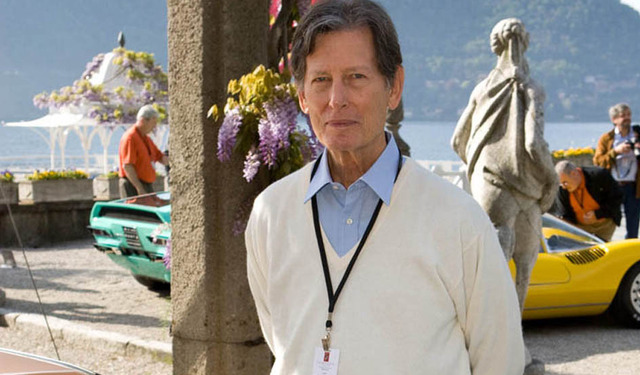
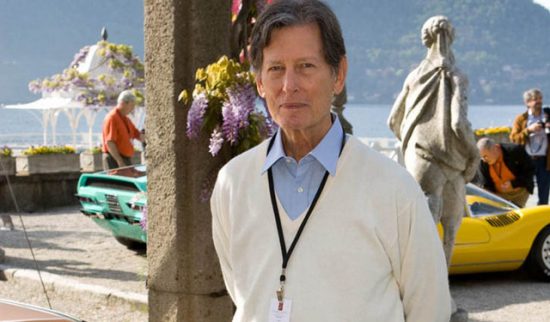

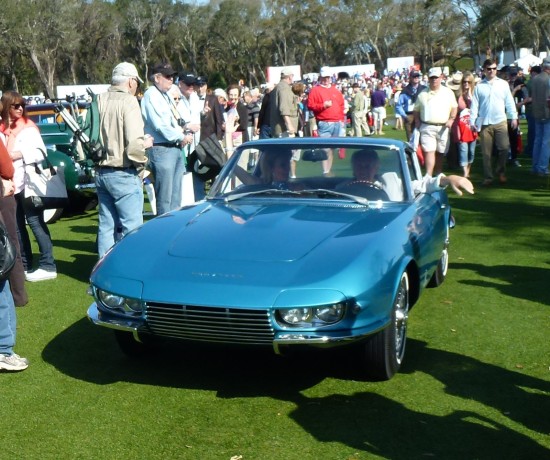
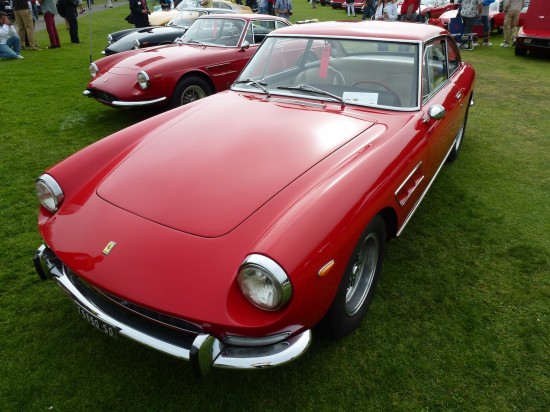
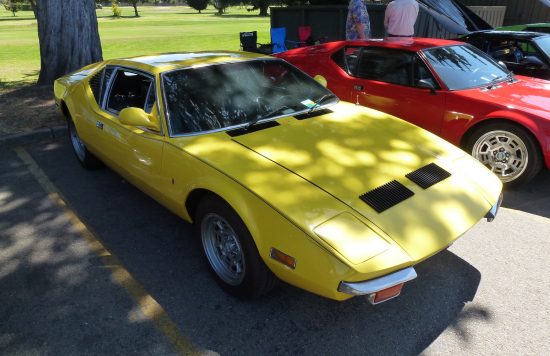
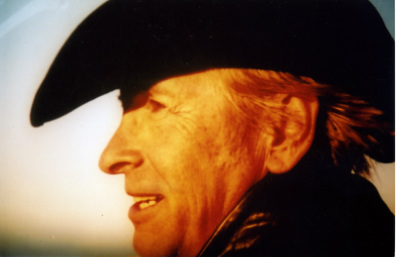

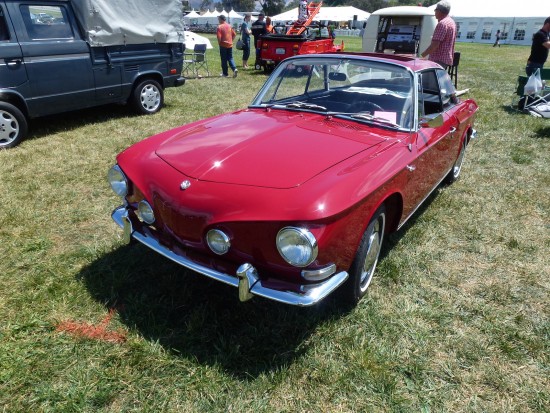
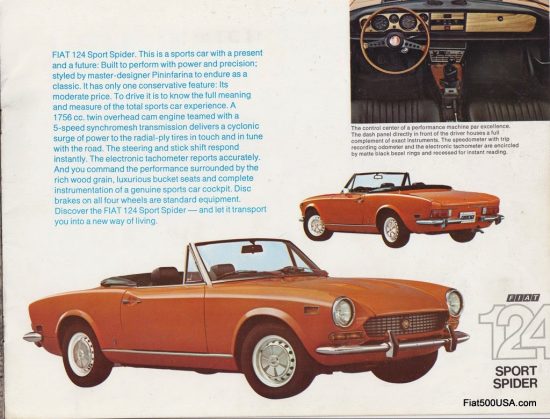
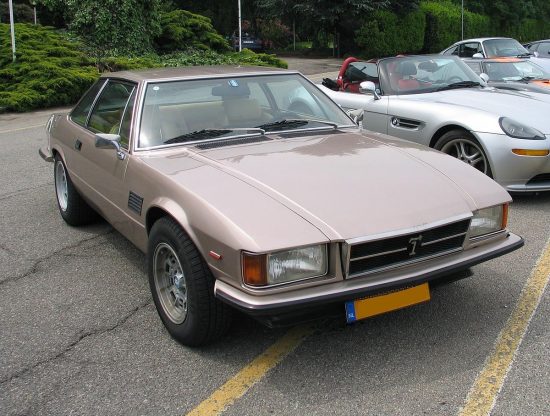


I met Tom in Italy. We went over many of his creations He seemed happy.
I was most impressed that he had succeeded in finding a way to live a life in Italy and I had not.
I raise my cup to Tom.
I met Tom at the Historic Auto Races in the Pantera Corral at Laguna Seca, this was a few years after the first Pantera Corral (I arranged for the first one which has continued ever since) but I don’t recall which year.
I asked him about the interior ventilation design as it seemed the concept had been in place on the Pantera but not completed during the manufacture. Were the quarter windows supposed to open to ventilate the interior with changes to the rear window? Were the Plenum Chambers supposed to let fresh air into the interior. Was the rear window where he designed it to be?
As always, he was very kind, very polite and very modest about the brilliance of his design that still turns heads today nearly 50 years later!